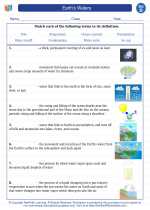Tundra
The tundra is a biome characterized by low temperatures, short growing seasons, and minimal vegetation. It is found in the northern regions of North America, Europe, and Asia, as well as in Antarctica and some high-altitude areas.
Climate
The tundra has an extremely cold climate, with temperatures often below freezing for much of the year. The short summer season allows for a brief period of thawing, during which plants and animals must quickly grow and reproduce before the return of harsh conditions.
Vegetation
Due to the cold and harsh conditions, the tundra is home to plants that are adapted to survive in this environment. These include low-growing plants such as mosses, lichens, and small shrubs. Trees are generally absent in the tundra due to the permafrost, a layer of permanently frozen subsoil that restricts root growth.
Animals
Despite the challenging conditions, the tundra is home to a variety of animal species, including caribou, musk oxen, Arctic foxes, and polar bears. Many of these animals have thick fur or layers of fat to insulate them from the cold, and some migrate to warmer areas during the winter months.
Human Impact
Human activities such as oil and gas extraction, mining, and tourism can have a significant impact on the tundra biome. These activities can disrupt the delicate balance of this fragile ecosystem, leading to habitat destruction and the potential loss of species.
Study Guide
- What are the key characteristics of the tundra biome?
- Describe the climate of the tundra and how it impacts the vegetation and animals that inhabit this biome.
- Explain the concept of permafrost and its role in shaping the tundra landscape.
- Identify and describe at least three animal species that are adapted to live in the tundra.
- Discuss the potential impact of human activities on the tundra biome and its inhabitants.
[Tundra] Related Worksheets and Study Guides:
.◂Science Worksheets and Study Guides Fourth Grade. Earth's Waters

 Worksheet/Answer key
Worksheet/Answer key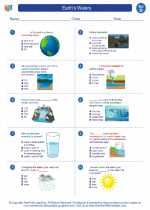
 Worksheet/Answer key
Worksheet/Answer key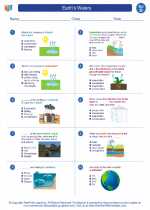
 Worksheet/Answer key
Worksheet/Answer key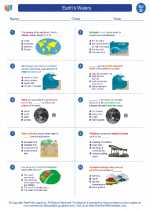
 Vocabulary/Answer key
Vocabulary/Answer key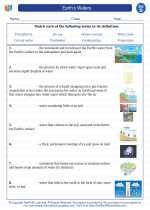
 Vocabulary/Answer key
Vocabulary/Answer key